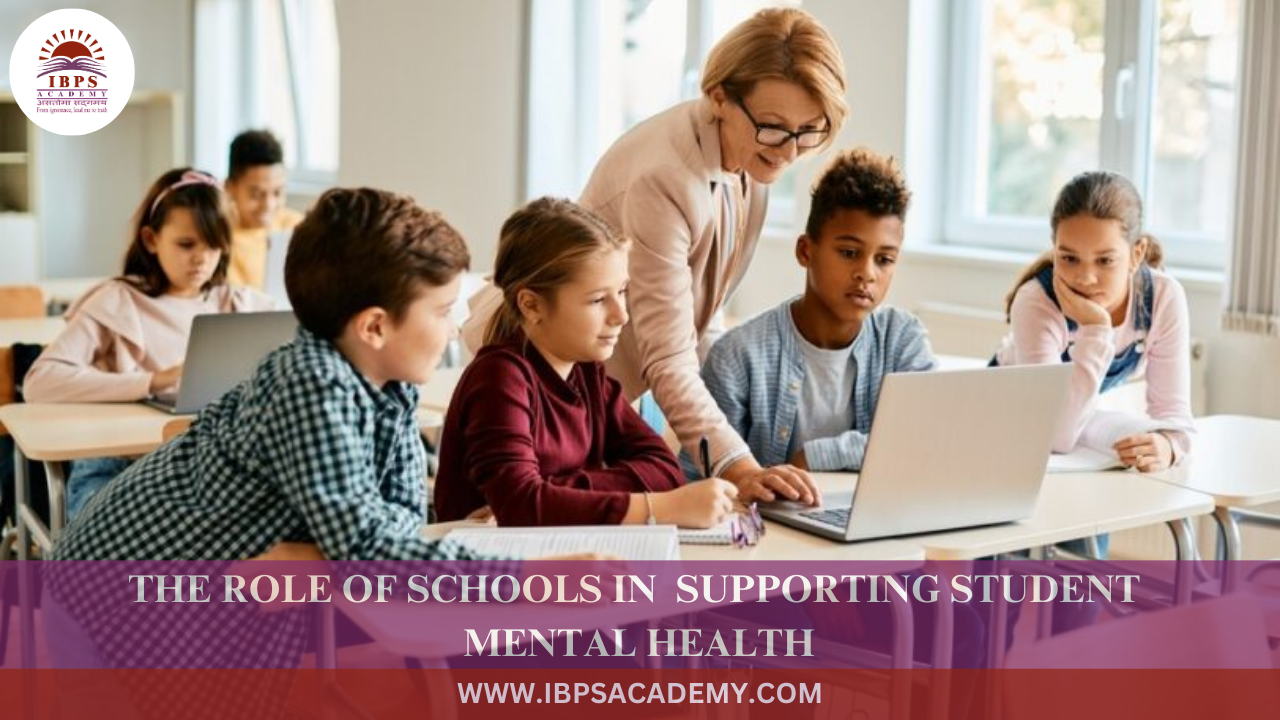

Schools play a critical role in supporting student mental health by creating an environment that fosters emotional well-being, resilience, and social connection. The importance of addressing mental health within the school setting is becoming increasingly recognized, as mental health challenges among students, such as anxiety, depression, and stress, are on the rise. Here are several key ways schools can support student mental health:
Anti-bullying programs: Schools can implement initiatives to reduce bullying and create a culture of respect and inclusion. This helps students feel safe, valued, and accepted, which is fundamental for mental well-being.
Diversity and inclusion efforts: Ensuring that all students feel represented and respected regardless of their race, gender, socioeconomic status, or background can reduce stress and feelings of alienation.
Counseling services: Schools can offer on-site counseling services to support students who are dealing with mental health challenges. Having a counselor available can give students a safe space to talk about their struggles and receive professional help.
Mental health awareness programs: Schools can implement programs to educate students and staff about mental health, reducing stigma and encouraging early intervention. This can include workshops, talks, or resource materials on recognizing signs of distress and knowing how to ask for help.
SEL curricula: Integrating social and emotional learning into the academic curriculum helps students develop essential skills such as emotional regulation, empathy, problem-solving, and stress management. These skills empower students to cope with challenges in a healthy manner.
Mindfulness and relaxation techniques: Practices like mindfulness, deep breathing exercises, and relaxation activities can be integrated into daily routines, helping students manage stress and focus better in school.
Supportive teachers: Teachers who build positive, trusting relationships with students can help identify signs of distress early and provide emotional support. Encouraging open communication between students and teachers helps students feel heard and cared for.
Training for teachers and staff: Professional development in mental health awareness can enable teachers and school staff to better recognize mental health challenges and respond appropriately.
Peer counseling and support groups: Schools can create peer mentoring programs where students support one another, providing an additional layer of mental health support. Peer relationships can be a powerful source of comfort and understanding, especially for adolescents.
Student clubs and organizations: Providing students with opportunities to engage in extracurricular activities, such as clubs or sports, can reduce feelings of isolation and help develop a sense of belonging.
Reducing academic stress: High academic pressure can contribute to mental health issues, so schools should find a balance between academic achievement and student well-being. Offering flexible assessments, fostering a growth mindset, and reducing excessive homework can help alleviate stress.
Time management and study skills: Schools can provide guidance on time management and effective study skills, helping students handle academic challenges more efficiently and with less anxiety.
Engaging families: Schools should work closely with parents to ensure they understand the mental health resources available and how to support their children at home. Parents can be an essential part of the team in identifying and supporting students' mental health needs.
Community partnerships: Schools can collaborate with local mental health organizations and healthcare providers to ensure that students have access to the support and resources they need, especially for students who may need more intensive care.
Screening for mental health concerns: Schools can use regular screenings or surveys to identify students who may be at risk for mental health issues. Early identification allows for timely intervention, which can prevent more serious issues from developing.
Preventative programs: Schools can offer programs that focus on building resilience, coping strategies, and positive self-esteem, all of which can help prevent mental health challenges from becoming more severe.
In summary, schools are not just places for academic learning, but also play an integral role in shaping students' mental health. By creating supportive, inclusive, and resource-rich environments, schools can help students develop the emotional tools and resilience needed to thrive, both academically and personally. Addressing mental health within the school system is essential for fostering overall student success and well-being.
